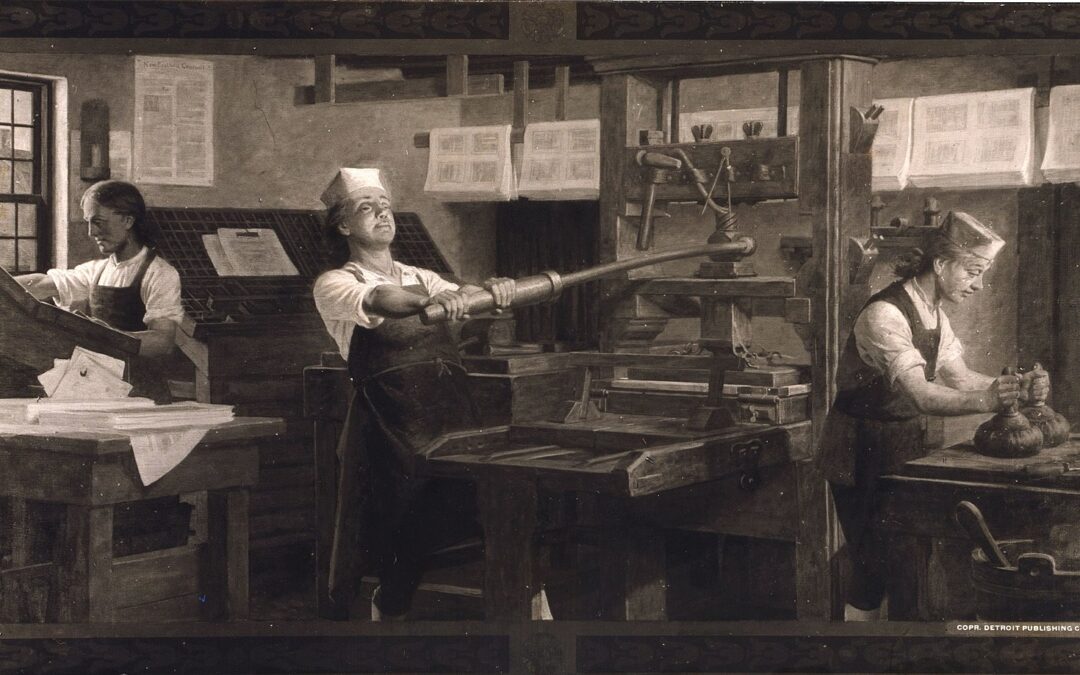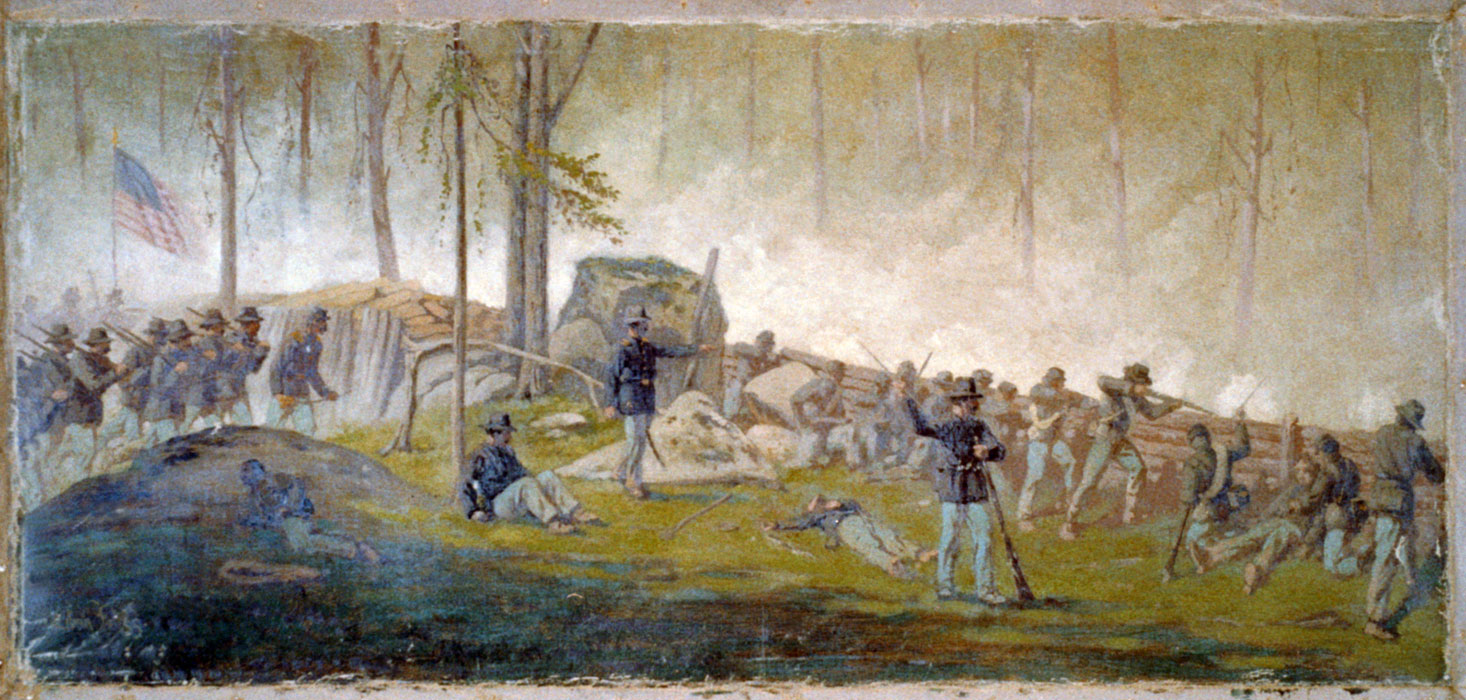About Preservation
What Is Preservation?
Historic Preservation is an effort to save places that matter for the benefit of current and future generations. Today, preservation is also an important economic development tool and strategy that builds sustainable, livable communities. Preservation also serves as a proven catalyst for heritage tourism and small business development in rural and urban communities.
“In the end, our society will be defined not only by what we create, but by what we refuse to destroy.”
—John C. Sawhill, former CEO, The Nature Conservancy.
What Is Historic?
Today, most preservationists start with a 50-year cut-off to determine the ‘historic eligibility’ of a particular resource. Thus, something built 50 years ago qualifies as historic, if it met a certain set of criteria.
The National Register of Historic Places, created in 1966, established those criteria for determining this eligibility of a potentially historic resource. These criteria still guide the work of most preservation efforts and projects.
The National Register broadly defines eligibility in four categories:
- Associated with events that have made a significant contribution to the broad patterns of our history; or
- Associated with the lives of significant persons in or past; or
- Embody the distinctive characteristics of a type, period, or method of construction, or that represent the work of a master, or that possess high artistic values, or that represent a significant and distinguishable entity whose components may lack individual distinction; or
- Have yielded or may be likely to yield, information important in history or prehistory.
Using these categories, preservationists across the country can focus their work on compelling and important places – places worth preserving. These categories are also used for property owners attempting to list their property on the National Register of Historic Places.
What Is Historic Preservation?
At its core, historic preservation is the thoughtful identification, protection, and commemoration of places that carry historical, architectural, cultural, or social significance. Preservation isn’t about freezing places in time. It’s about giving them new life, continued relevance, and activating sites so that their stories aren’t lost—but instead remain part of the living fabric of our communities.
How Do You Preserve a Building or a Structure?
The majority of preservation projects here in the United States can be classified into different categories of work. These categories have been codified and defined by the Secretary of the Interior and the National Park Service, which have set a standard for preservation nationwide. As a result, much of this language comes directly from the Secretary’s Standards.
Restoration: Depicts a property at a particular period of time in its history, while removing evidence of other periods.
Preservation: Focuses on the maintenance and repair of existing historic materials and retention of a property’s form as it has evolved over time.
Rehabilitation: Acknowledges the need to alter or add to a historic property to meet continuing or changing uses while retaining the property’s historic character.
Stabilization: The reestablishment of the structural stability of a property through the reinforcement of loadbearing members or by arresting deterioration leading to structural failure. Stabilization also reestablishes weather resistant conditions for a property.
Survey & Identification: Activities that are undertaken to gather information about historic properties in an area. The scope of these activities will depend on: existing knowledge about properties; goals for survey activities developed in the planning process; and current management needs.
Why Historic Preservation Matters
Historic preservation is more than saving old buildings—it’s about protecting the physical evidence of our shared past. It’s how we keep the story of who we are, where we came from, and what we’ve endured alive for future generations.
Across the United States, preservationists work every day to save the places that tell the complex, layered story of our nation—from pre-colonial Native lands and Revolutionary War sites to industrial mill towns, immigrant neighborhoods, and civil rights landmarks.
Preservation in the United States – and Maryland
Historic Preservation, as a discipline and movement in the United States, is a relatively young endeavor. It was not until the mid-19th century that efforts commenced to ‘save’ or ‘preserve’ important homes, public buildings, and later landscapes. George Washington’s Mount Vernon and America’s Civil War battlefields are now fondly remembered as some of the nation’s first forays into legitimate preservation – setting the tone for generations to come.
Today, long after the first American preservation project began, much has changed and much remains the same.
From day one preservation in the United States has been a decidedly grassroots effort. While government agencies have taken on an important role in most aspects of preservation – nearly every major preservation campaign has first started with a group of concerned citizens sounding the alarm, organizing, and then identifying ways to save places that matter to their communities. Even in 21st–century Maryland, this common thread of grassroots-oriented preservation is still played out in the pages of the state’s newspapers on a weekly basis.
In 1931, a similar group of concerned citizens gathered to establish the Society for the Preservation of Maryland Antiquities – known today as Preservation Maryland. Their initial goal was to save sites in Maryland associated with George Washington, but soon thereafter expanded their mission to the preservation of all of Maryland’s unique history.
The Lasting Legacy of Preservation
Preservation Is About the Future, Too.
We don’t preserve places because they are old—we preserve them because they are meaningful. Because they connect generations. Because they help us understand how we got here. And because they can inspire us to build a more equitable future.
Places carry memory.
Historic buildings and landscapes offer a direct, emotional connection to the past—something books alone can’t replicate.
Preservation is sustainable.
Reusing existing buildings conserves resources, reduces landfill waste, and minimizes the footprint of demolition and new construction.
Preserved places strengthen neighborhoods.
Historic revitalization creates local jobs, supports small businesses, attracts tourism, and boosts property values.
Preservation tells the full story.
We’re working to ensure that all voices and places are recognized, respected, and preserved.
Preservation pays off.
Historic tax credits and rehabilitation projects generate strong returns.

Tradespeople Build Nations
Apprenticeships were woven into the founding of the United States. Several Revolutionary leaders apprenticed in different trades. In honor of our country’s 250th anniversary, we will be highlighting how these tradespeople helped build our nation. Today's guest blog...

RFP: Design-Build Services for Historic Fort Frederick Walls
Preservation Maryland is soliciting proposals from qualified firms for design-build services for the preservation of the walls of historic Fort Frederick, located in Fort Frederick State Park at 11100 Fort Frederick Road, Big Pool, MD 21711. To be considered as...

The Battle of Gettysburg
In late June of 1863, nearly 150,000 soldiers moved through the narrow and dusty roads of Maryland towards the devastating clash at Gettysburg, Pennsylvania, just a few miles north of the Mason-Dixon line. While the battle unfolded on the fields surrounding...
